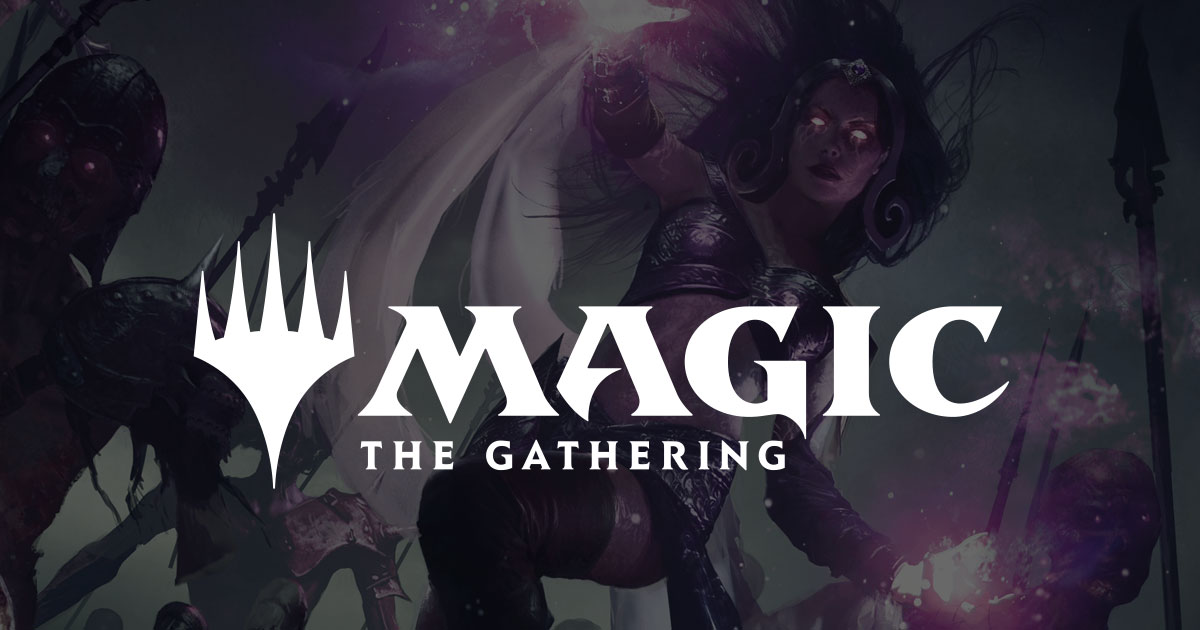I pointed out Healing Surges as IMHO preposterous to be considered the product of mechanics first design as you say its more complicated than all or nothing but on top of my assertion that a particular feature REMOVED in 5e seems more evidence of what I see as bottom up focus of 5e - I very much think 5e designers actively wanted old school mechanics (even where they used shaved in half 4e math) AND the changes are NOT about story at all.
Am I focusing on a tree in the forest ? not sure that is true but the mechanic chassis of these games sort of already exist that is why we have traditions and so those bits of identifiable new mechanics are of magnified importance ie why did they happen? was it because it was fun to roll more dice and take the higher (as 5e did with advantage) or was it to simulate the fighting tropes of action fiction (healing surges).
Anecdote of Design Inspired by Mechanics
There is a 4e spell which allowed a shadow styled cleric to create a minion out of an enemy the character attacked who subsequently was defeated Servitude In Death... and it created a minionization mechanic it might be seen as an experiment mechanically (it relies on the limitations of minion hood for duration and value limits ) When I saw this mechanic I thought instantly of how it could be flavored into a different Narrative which was
my goal ie the new narrative is (even though technically inspired by the mechanic ) ... still dominantly the goal. In fact two narratives came to mind I will start with the first one I thought of.
Lancelot and King Arthur who would defeat adversaries granting them mercy and turned them into followers. The figures so defeated were originally impressive enough to be significant in the story but once defeated they lost it and became one name among many there only real narrative importance was now relative to how awesome Lancelot/Arthur was.
The above is an effect I have been desiring to evoke in game for a time one can sort of generate it perhaps by skill challenges and/or elaborated interaction and THAT might be fun (once in a while but probably not with the frequency Lancelot did it so I think explicit mechanics simplifying it would be appropriate whether via the marshal troops martial practice or even combined with this)
The cleric/priest religious converting on the field of battle under with divine light of their god is the other flavor. He creates zealots out of adversaries and directly reflavor it as a sort of religious "Conversion" and like the above simply declare the defeat to be not deadly aka that is still pure flavor, and we step barely off of that by removing the undead type (or call them reborn if you will) clause and shadow or leave them and not worry about it.
I would also like details like making the individual impressed/converted not necessarily the subject of the direct/physical attack and differentiate it from the original (which might have been more like a vampiric infection the above are psychological infections)
It seems like you’re thinking of it in terms of top-down design being “about” narrative or bottom up being “about” mechanics. That’s not at all what the concepts express. Narrative and mechanics are both very important in both top-down design and bottom-up design. One does not solely exist in service to the other.
About is vague... we could ask which is the goal? the mechanic or the narrative.
All the concept expresses is which direction the design starts from.
Not sure that tells us anything at all in an rpg. After we had healing surges the design decision to allow those to fuel martial practices and represent pushing deep in skill challenge context which were those?
The idea that someone built even the first use of a mechanic without consideration of what role in the narrative it would play seems very suspect.
Did you have a cool idea for a monster hunter class and ser out to design mechanics that express that concept? Or did you have a cool idea for a mechanic to build a class around and come up with a narrative that fit the mechanics?
Is that useful? AND distinguishable?
The avenger has a mechanic of rerolling I cannot for say whether that was introduced to represent the divine guiding the avengers hand or it was something somebody liked ahead of time and they wanted a class around it? That we cannot know for certain is I think a point to be considered a difference that makes no difference ... ahem.
Then subsequent uses of a mechanic are like my reflavoring / spawning a new power off the mechanic example... Which does that count as? Sometimes it will be I have a narrative and I want something to represent it hey look the system already has this mechanic. OR is it gee I can really see that same mechanic representing this other thing.
Obviously most games have some mix of both. But I don’t think it’s at all controversial to say that the 4e devs had a gameplay first approach to the design.
I think that a metric ton of gameplay is directly in service of the overarching narrative that of action heroes that are a functioning team. So classes getting abilities in service of a role make this end achievable (a role is service of team story). Every subsequent mechanical underpinning of classes are also part of the full story narrative not just their personal one. You even leave out the Fighter Controller because for whatever reason you cannot imagine the Warlord/Martial Artist/Or chain and caltrop bandit or Barrage oriented Ranger, or similar which fits it.




